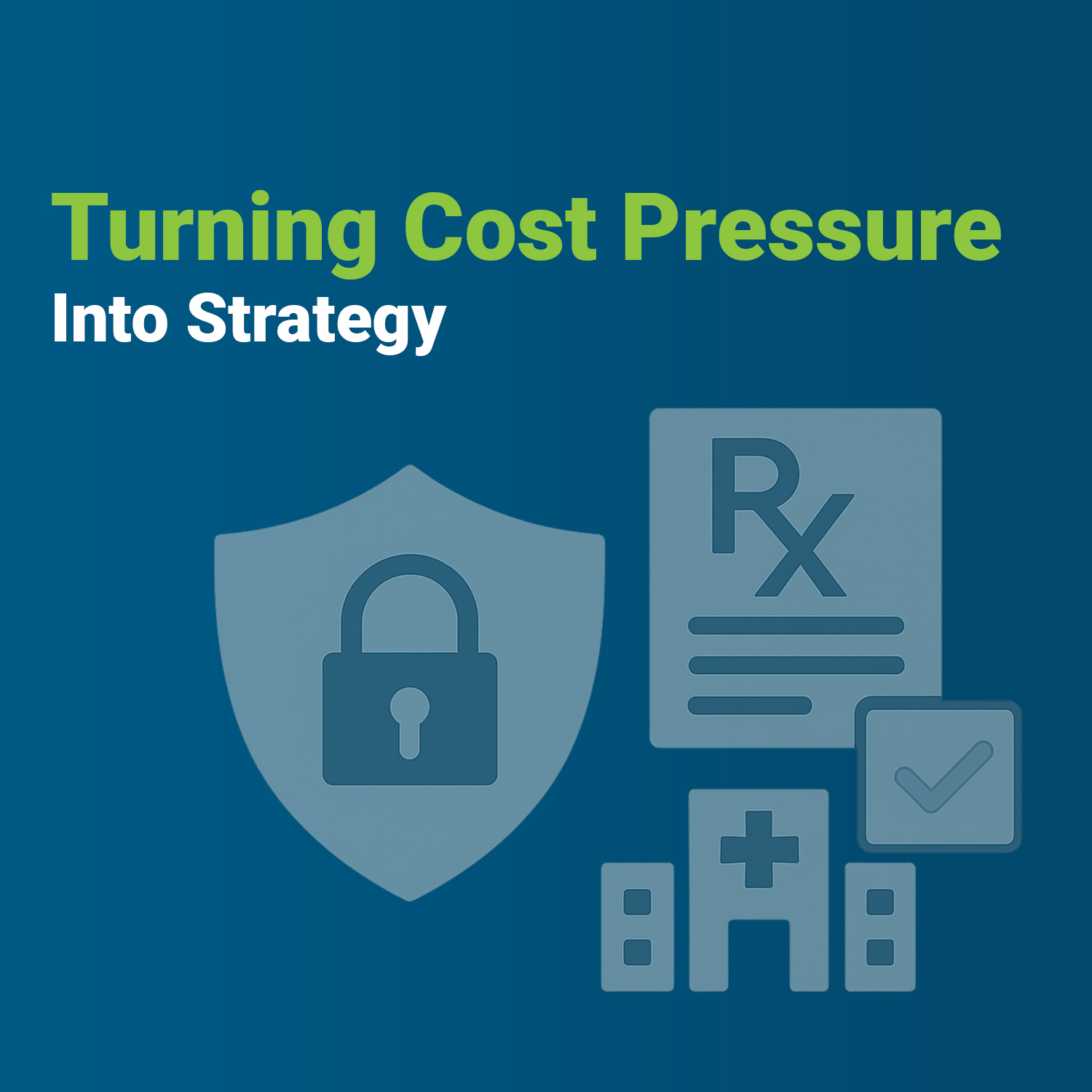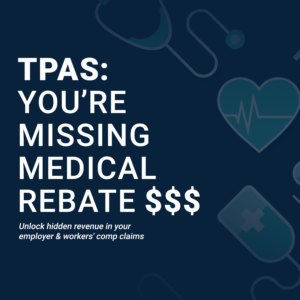Educator and university president Freeman Hrabowski has a mantra about how change happens, with or without intent that he spoke to students, professors and the wider population. His point: be intentional in your actions, because that is the person, the organization or the world you will become:
“Watch your thoughts, they become words.
Watch your words, they become actions.
Watch your actions, they become habits.
Watch your habits, they form your character.
Watch your character because it shapes your destiny.”
The ultimate destiny of healthcare in the United States should be equity. And we are all taking the actions necessary to move in that direction.
As the Pharmaceutical Care Management Association (PCMA) puts it, “The quality, affordability, and accessibility of pharmaceutical care should not differ because of an individual’s personal circumstance, nor should their health care. We commit to sustained industry action on diversity, equity, and inclusion (DE&I) within our own workplaces; in partnership with stakeholders across our shared health care system; and in collaboration on behalf of patients with drug coverage sponsors, health care prescribers, and pharmacists.”
PBMs will drive a culture of equity
As mentioned in the overall article on this topic, VativoRx fully supports the conversation around increasing access to prescription drugs for everyone, and making care patient-focused, equitable, and affordable.
“The hardest part of change,” says VativoRx CEO and Managing Partner Lisa Quarterman, “is to actually put in the work to bring about change. But any PBM that wants to do better needs to watch their words, their actions and their habits because all of them will affect the quality of care for patients. It’s not easy work, but it’s important and beneficial work. The goals of a culture of equity and patient-centered care will be achieved when we all put in the work.”
What would a culture of equity look like?
PCMA suggests three areas where PBMs and the wider healthcare industry can help build a patient-centered culture of equity.
- Making a sustained commitment to diversity, equity and inclusion within our own workplaces and in support of the efforts of our clients—including the leadership of employers, labor unions, and other drug coverage sponsors.
- Partnering with community organizations and other stakeholders to advance culturally appropriate systems of care that reduce racial and other health disparities, including those associated with gender identity, sexual orientation, and disability; foster community health literacy; and simplify patients’ health care journeys, including tools explaining their benefits and helping them to make well-informed health care decisions.
- Promoting pharmacist and prescriber education on health equity, disparities, person- centered care, and cultural humility, including through partnerships with prescribers and pharmacists to share promising practices for improving medication therapy initiation and persistence, screen for social and systemic risk factors, and connect patients to available resources and support. We believe sharing promising practices and real-world interventions are essential for growing the impact of small-scale efforts and making a difference for patients.
Photo by Adi Goldstein on Unsplash
—
This is part three of four detailed examinations of how to create more equitable healthcare. The parts are
- To address disparities in prescription drug access, PBMs can do better
- To promote equitable, affordable pharmacy benefit design, PBMs can do better
- By creating a culture of equity and patient-centered care, PBMs can do better
- By investing in meaningful, data, evidence, and measurement, PBMs can do better
For more on why we’re reporting on these issues, please see our article, What does it mean for pharmacy benefits to be more equitable?






